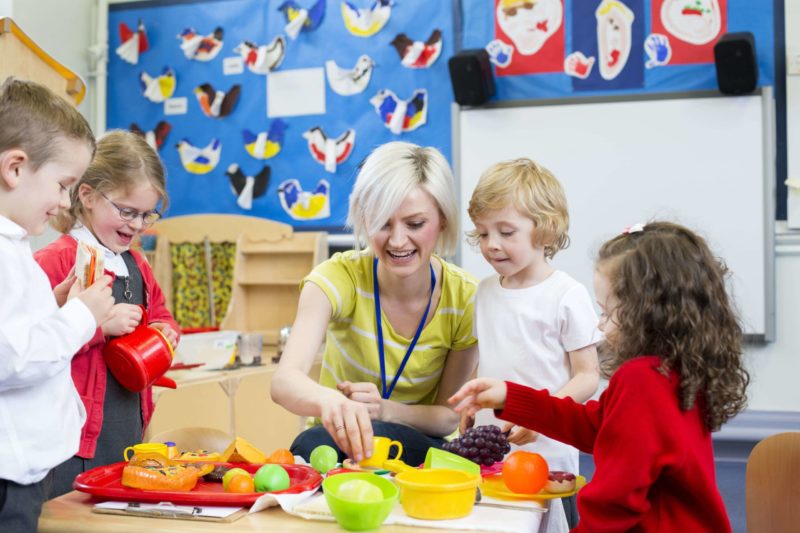Classrooms are space for learning, exploration and creativity. However, this can sometimes come with a space that is overloaded with different sensory experiences from bright lights, loud children and strong smells. For some of our students, these different sensations can be hard to make sense of. Hence, impacting their learning.
There are a few things that teachers can do in their classroom to create a sensory inclusive space as well as support the learning of their students:
Natural Light
Bright fluorescent lights are often a harsh light source. Their flickering and glare can be straining and cause stress for those children sensitive to light. Aim to utilise as much natural light in your classroom where possible by opening blinds. If this isn’t an option, try turning off half the classroom lights. It’ll minimise the harsh effects of the fluorescent bulbs.
Break out space
Creating a ‘sensory space’ or ‘calm corner’ within your classroom will allow your students to take a break. Including things such as pillows, a softer rug, weighted toys and fidget toys can help to de-escalate students. It can also calm them down if they need to self-regulate.
Bands on chairs
I’m sure most teachers are familiar with the child that ‘fidgets’ at their desk or rocks on their chair. Some students find sitting at a desk to concentrate quite difficult. To help contain these wiggles, try tying a TheraBand around the legs of their chair for them to bounce their legs off. In doing this you help to satisfy their craving for movement and allow them to concentrate for longer at their table.
Teachers voice
One of the most powerful sensory tools you have in your classroom is your voice. Shouting to grab the attention of the class or raising your voice enthusiastically can sometimes have the opposite effect. Using a calm, soft tone when speaking to your class means that children have to engage and focus in on what you are saying. If you need to get your class’ attention, avoid the sudden noise of clapping and try transition music or ‘call and response’ rhymes such as:
-
- Teacher: ‘Hands on top,’ Students: ‘That means stop.’
- Teacher: ‘Hocus Pocus,’ Students: ‘Let’s all focus’
Whilst all children are individual, and some may need more targeted support, introducing some of these sensory strategies within your classroom will ultimately support ALL your students to engage in their best learning.


